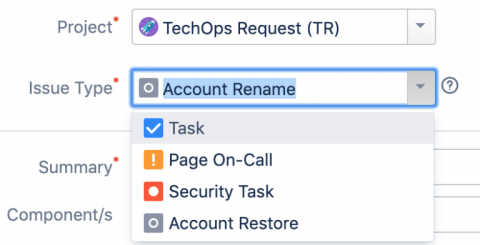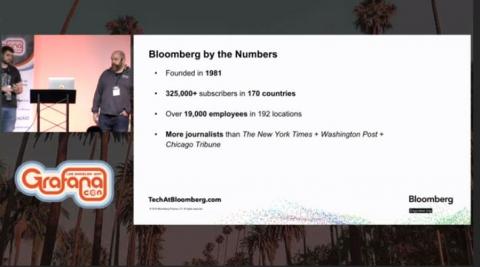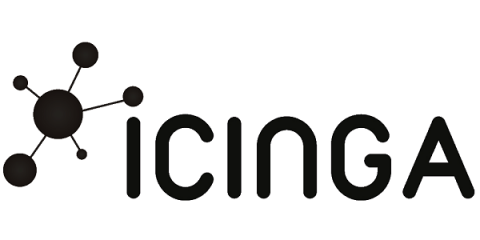5 Common Misconceptions About Serverless in 2019
At Stackery, our engineers live and breathe serverless development every day. Because of this, we are constantly evaluating the current soundbites about it; when a field is expanding this quickly, it’s not uncommon to hear a generous handful of misguided assumptions. So, despite the increasing influence of cloudside development, there are still a number of declarations published every week that seem to amplify some common and outdated misconceptions.











